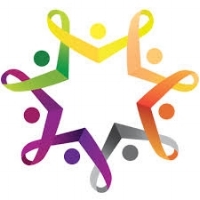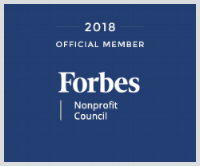Meet Brynne - Inspired to Help Others
/We couldn't be more pleased to introduce you to Brynne, an amazing young lady who may someday change our world. Brynne is our first recipient of the Naya Summy scholarship at The Agnes Irwin School. This scholarship looks for a young lady who is academically strong, interested in STEM and gives back to her community. In short, we chose Brynne because Naya would admire Brynne and we know she will carry on Naya's wish for a better world.
Brynne used the scholarship to learn about pre-med biomedical engineering. We asked her to write about her experience. This is written by Brynne....
Thank You!
Thank you for naming me the first recipient of the Naya Summy Scholarship. Thank you for giving me the opportunity to participate in a summer STEM program of my choosing, in honor of Naya’s love for science.
I chose the Pre-Med Engineering program offered by Stevens Institute of Technology, and I, along with 16 other high school juniors and seniors, spent a week learning about biomedical engineering. One of my favorite aspects of this program was that we were working with real materials in a real lab, and the research that we conducted will be used in real life.
Confirmed My Interest
We had the chance to listen to lectures given by Dr. Leopold and Dr. Valdevit, two professors in the Department of Biomedical Engineering, Chemistry and Biological Sciences at Stevens. With Dr. Leopold we learned about the current business surrounding medicine, and with Dr. Valdevit we learned about musculoskeletal biomechanics and mechanical testing of new devices.
I first became interested in the possibility of improving surgical grafts so that they exhibited maximum effectiveness and minimum pain after undergoing ACL reconstruction. This program has confirmed my interest in studying biomedical engineering. Hopefully, the bioresorbable scaffold we studied (see below for details) will embody those qualities and improve the lives of future spinal fusion surgery recipients. Perhaps one step on the way towards Naya’s goal of “no more kids with cancer,” is to first improve the instruments and devices that are used in oncology, and in all medicine, which is where biomedical engineers come in, and where I hope to find myself making a difference in the future.
Time in the Lab
We spent most of our time working on group projects in the lab. My group worked with one of Dr. Valdevit’s PhD students, Connie Maglaras, and compressed, flexed, and extended a portion of a pig spine with an intact intervertebral disc, a titanium implant, and a polylactic acid (PLA) scaffold, which Connie created. Titanium implants are the norm in spinal fusion surgery, but after the spine fuses the implant remains in the bone and can cause problems later on. The scaffold would be absorbed by the body as the spine fuses because PLA is bioresorbable. It also has a hyperbolic design that allows it to be lightweight but extremely strong, and the bone that fuses through it will be left in the same shape. Through the experiment, we determined that the scaffold puts less pressure on the facet joints (which is good) and is less stiff under compression, flexion, and extension when compared to the titanium implant (which is also good). We decided that the polylactic acid scaffold offers a new opportunity in improvement in artificial discs and spinal fusion surgery.
We also visited the Robert Wood Johnson Sleep Center, where we learned about the relatively new field of sleep medicine. There, we heard about the different stages of sleep, different sleep disorders (sleep apnea, night terrors, narcolepsy, etc.), and what is monitored and why during a sleep study (eye movement signifies REM sleep, leg movement shows that the subject has not yet lost all muscle tone, breathing shows if the subject suffers from something like sleep apnea, brain waves show if the subject is roused, and chin movement shows if the subject actually wakes up). Later in the week, we had Q and A sessions with a former student from Stevens who is now in medical school and with a practicing cardiologist.





